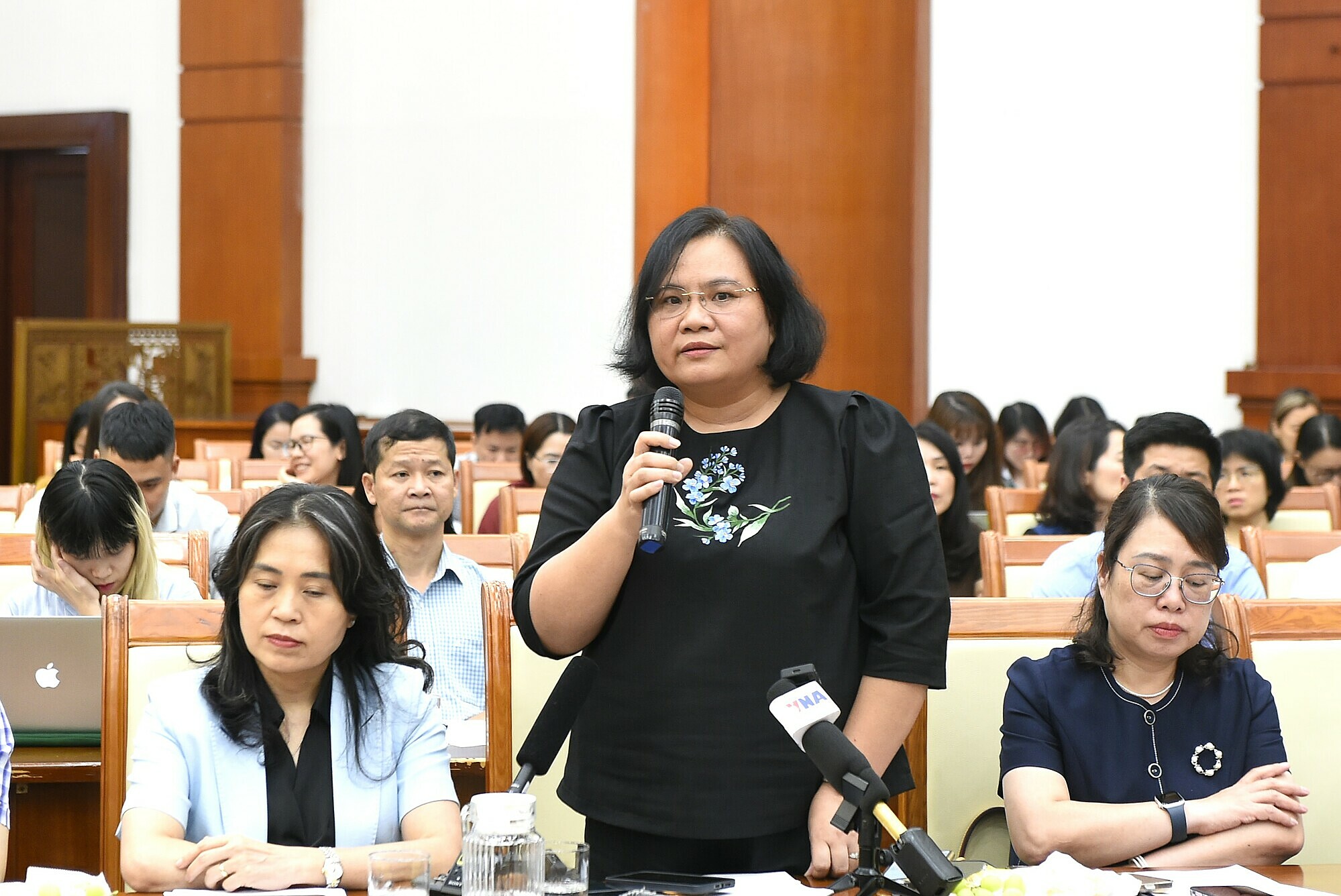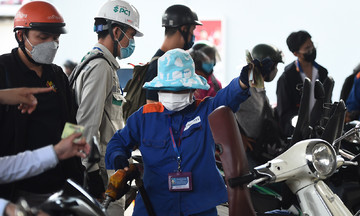After the administrative restructuring, according to the National Assembly's resolution, Vietnam has 34 provinces and cities (including 6 centrally-run cities and 28 provinces). From 1/7, the restructured provincial and communal administrative apparatus officially began operating.
At the regular press conference on 2/7, Nguyen Thi Thoa, Deputy Director of the Public Asset Management Department (Ministry of Finance), said the Ministry has also coordinated with other ministries, sectors, and agencies to establish an interdisciplinary task force to address issues related to the arrangement and management of public assets during the restructuring and streamlining process. Deputy Minister of Finance Bui Van Khang leads this rapid response team.
The task force has worked directly with 63 provinces and cities (before the restructuring), providing guidance and resolving specific obstacles. Regarding the management principles, according to Thoa, public asset arrangement must ensure the operation of the new administrative structure. Surplus assets are directed not to be sold or transferred, but prioritized for allocation to educational and training institutions, healthcare facilities, and other essential public purposes.
"Based on our understanding of the situation, the process has been relatively smooth in most localities, without many difficulties in the arrangement and management of public assets," she said.
 |
Nguyen Thi Thoa, Deputy Director of the Public Asset Management Department (Ministry of Finance), answers questions at the press conference on 2/7. Photo: MOF |
Nguyen Thi Thoa, Deputy Director of the Public Asset Management Department (Ministry of Finance), answers questions at the press conference on 2/7. Photo: MOF
However, Thoa also stated that the assessment of the current status of public asset use must be comprehensive and objective, avoiding the situation of "immediately discarding perceived surplus."
"Localities may now report surplus headquarters and land, but these facilities must be allocated to central agencies in the localities, exchanged with each other, and used for other purposes, so what is surplus today may be lacking tomorrow," she said.
Therefore, the Ministry of Finance is requesting each locality to report specific management results after 90 days of implementation. After this review period, the authorities will have sufficient grounds to compile and announce official data on the status of surplus public land and buildings.
In the coming period, the Ministry of Finance will continue to coordinate with localities in the process of arranging and managing public assets, monitoring and providing guidance to address any arising issues.
Elaborating on this, Deputy Minister of Finance Nguyen Duc Chi said there are many ways to arrange and manage public assets, such as transferring them to other units, allocating them to central and local agencies, and so on. However, the important issue is to ensure that public assets are used for their intended purpose, efficiently, and without waste.
Also at the press conference, representatives from the Public Asset Management Department addressed the collection of fees for converting land use purposes from agricultural land to residential land. According to Nguyen Thi Thoa, the Ministry of Finance has sent a document to localities requesting reports and assessments of the implementation of land use fee collection for households and individuals when changing land use purposes.
"The Ministry of Finance will closely coordinate with the Ministry of Agriculture and Rural Development in the process of revising policies related to this matter," Thoa said. In addition, the Ministry of Finance is also seeking opinions on amending Decree 103/2024 on land use fees and land rental fees to ensure that the policy is suitable and effective in practice.
Phuong Dung












